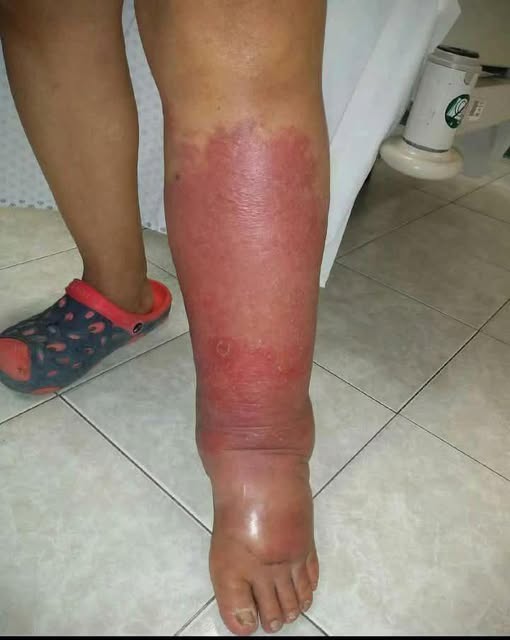For years, I silently struggled with swollen ankles, puffy feet, and heavy legs. It wasn’t just discomfort—it was visible, persistent swelling that left clear dents in my skin whenever I pressed down, a condition known as pitting edema. The most baffling part? I was young, relatively healthy, and wasn’t on any medications. My bloated face and balloon-like ankles seemed like isolated cosmetic issues at first, but they were symptoms of a deeper imbalance I had never considered: my blood sugar.
Edema occurs when fluid becomes trapped in the body’s tissues, most often in the lower legs, feet, and ankles. Doctors commonly associate it with underlying conditions like heart failure, kidney disease, liver issues, or side effects from certain medications. Excess sodium in the diet is also a known contributor. But in my case, none of these traditional causes applied. After months of trial and error, I learned that the root of my problem wasn’t in my organs or salt shaker—but in the microscopic sodium-potassium pumps inside my cells.
These tiny cellular pumps are responsible for keeping fluid balanced inside and outside every cell in your body. They push sodium out while pulling potassium in, creating a healthy flow that prevents fluid from collecting where it shouldn’t. When these pumps malfunction, fluid starts to leak out into surrounding tissues—and swelling begins.
So what causes the pumps to fail? In my case, and in many others, the silent saboteur was sugar. Consuming too many refined carbohydrates over time spikes blood sugar levels. This triggers a damaging process called glycation, where sugar molecules bind to proteins in the bloodstream. That sticky mess disrupts circulation and contributes to the breakdown of the sodium-potassium pumps. Worse still, glycation can lead to nerve damage, manifesting as numbness or tingling in the extremities—even in people who haven’t been diagnosed with diabetes.
The key to healing didn’t come from medication, compression socks, or water pills. Instead, I turned to cellular repair—specifically, giving my body the exact nutrients needed to rebuild those critical pumps. Three nutrients became central to my recovery: potassium, magnesium, and vitamin B1 (also known as thiamine).
Potassium was the first and most important element. It directly powers the sodium-potassium pump, yet it’s one of the most common deficiencies in modern diets. Despite being found in leafy greens, avocados, bananas, and sweet potatoes, many people don’t get nearly enough potassium daily to meet their body’s needs—especially those consuming high-sugar diets.
Next came magnesium. Known for supporting muscle function and relaxation, magnesium also helps fuel the pumps by enabling ATP (the energy molecule every cell uses). A magnesium deficiency can leave cells sluggish and unable to properly regulate fluid.



